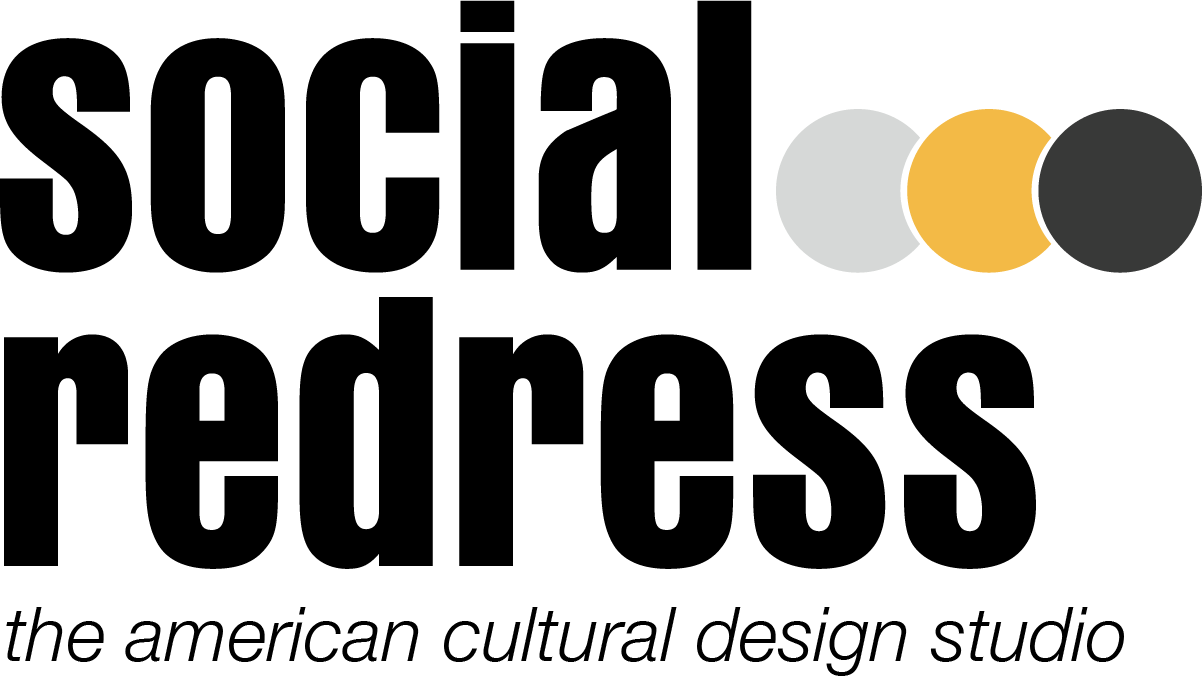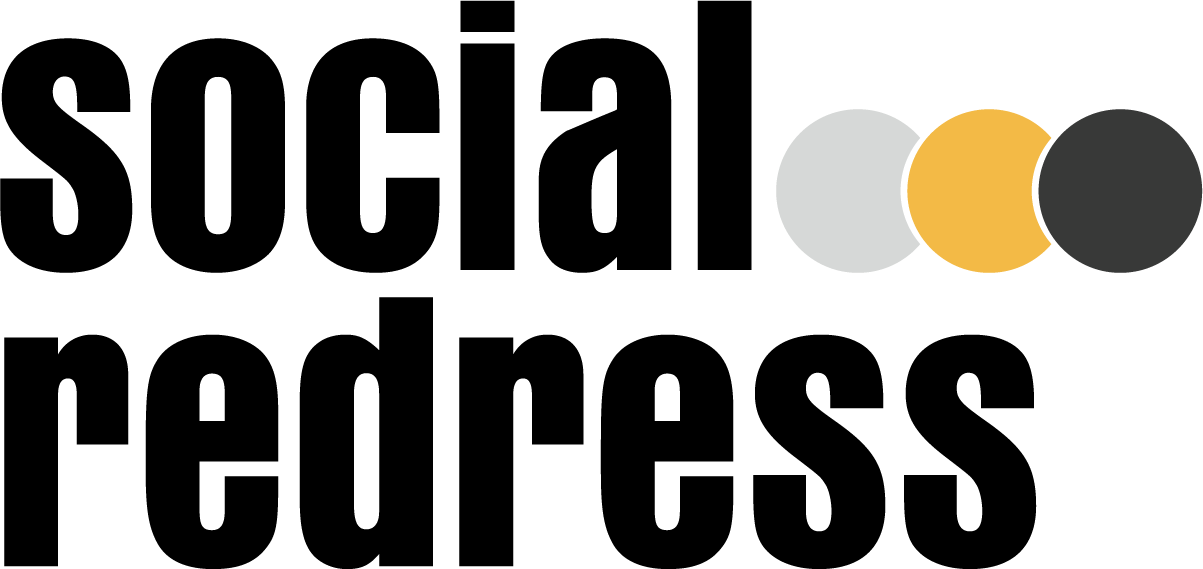Bonnie & Clyde: Fashion and Time Travel
Fashion transcends the realm of static artifacts. Rather than simply understand the contexts in which fashion exists, it is expediently more comprehensive to examine fashion as a catalyst which shapes these said contexts. So much so that it is often implicit. In interpreting the following ensembles, it is evident of the function of fashion to create exposition, and to characterize. In film, this perspective is readily employed; simply imagine a production such as John Logan's Penny Dreadful or the 1988 production of Christopher Hampton's Dangerous Liaisons where the costume did not coincide with the era in which the production is set. While yes, the ambiance, perhaps speech, or an expositional scroll stating "London, 1894" will provide enough context to frame the plot, the lack of accurate or believable dress would seem anachronistic at minimum. Costume designer Dr. Deborah Landis beautifully states that dress is pivotal as it lends itself to creating authenticity, and identity to the production (Landis, 2012). If we thence examine this theory more scrupulously, it is not only the case for period fashion such as that of the Victorian, or French Rococo. Contemporary productions such as AMCs Mad Men (2007-2015), has been lauded for the exceptional interpretations of mid-century styles, even less commonly thought of media for fashion, such as video games, benefit from the comprehension of wardrobe's intersections of exposition, and wearer identity.
Whether it be a few years, or decades, dress possesses the power to transport the wearer--and the audience--temporally, as well as psychologically, in so much as to consider 'Who am I?' or 'How should I behave?' when wearing the garment. In our recent production Bonnie & Clyde, 2017 the two designed looks were realized through the dual lens of costume, and couture. Not only were the looks intended to work with the scenery to transform the models into the nefarious duo, the intent further was predicated on establishing a scope in which to access the 20s/30s era through a modern perspective--and such is the line between costume; and fashion in the basest conscription. Costume equals recreating society through dress; fashion equals reinterpreting it. When preparing for the photoshoot, we were pressed to first produce a shoot that could rival a high-fashion spread, but also to recreate history, as seen in the iconic extant photographs of the real-life Bonnie Parker, and Clyde Barrow.
The reasoning quite simply was to blatantly construct the premise that fashion ought be conceived in a similar process by which costume is. Dr. Landis, and Janie Bryant (costume designer for Mad Men) both assert that costume is very purposeful. It is intended either for a specific scene, and character at that moment. Bryant in an interview with The Huffington Post states:
"...it’s about the script and understanding what the characters are saying to each other, what the setting is, what the mood or tone or feel of each script is and how I can help to tell the story of the characters through the costume design. The point of inspiration starts with these scripts." (Bryant, 2015)
But what do scripts have to do with fashion or commercial design? It is one thing to design trendy, and in volume hoping that something catches on; it is another to analyze who you as a designer or firm, are designing for, what his/her motives are, understand how he/she can use dress to portray their identity, and then create something powerful--something of more substance than a T-Shirt with an attempted recreation of appropriated stock art.
Period films, and historic dress tend to provide so much more context to society perhaps because we examine them academically as opposed to looks in more contemporary settings in which we tend to judge more frequently as consumers. Through Bonnie and Clyde 2017, the challenge is presented to complexly realize wearable fashion as an expositional, and introspective entity.
Photos by Angela Webb









References
Bryant, J. (2015, May 16). How ‘Mad Men’ Costume Designer Janie Bryant Was A Storyteller Through Fashion. (E. Whitney, Interviewer) The Huffington Post. Retrieved 2017, from http://www.huffingtonpost.com/2015/05/14/mad-men-costumes-janie-bryant_n_7277666.html
Landis, D. (2012). Filmcraft: Costume Design. Taylor and Francis, Inc.



